Navigation locks connect seas, regulate rivers and enable ship traffic between different water levels. These engineering structures shape maritime infrastructure from Panama to China. The facilities serve shipping, power generation and water regulation. They are essential components of international trade and regional development.
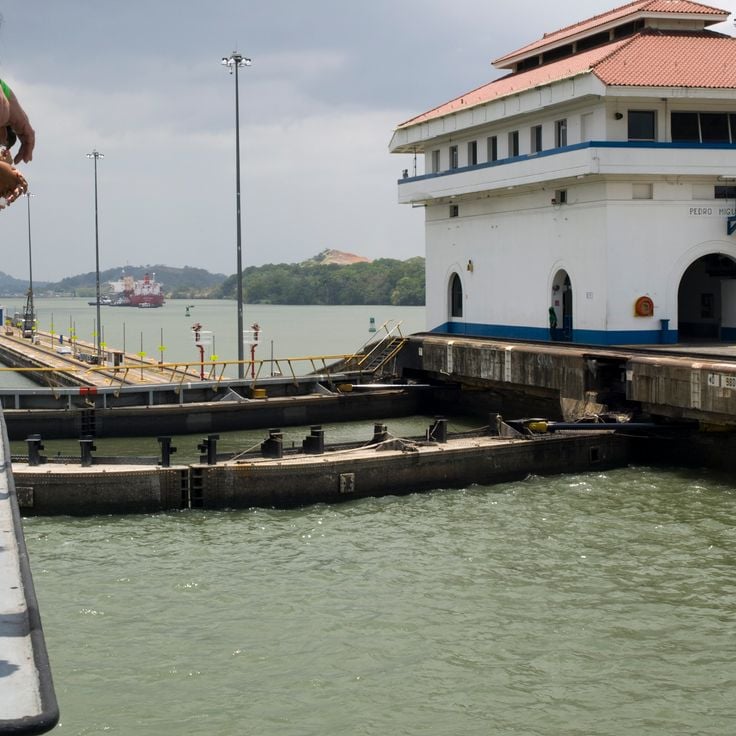
Panama City, Panama
This system of locks enables ships to cross the Panamanian isthmus by raising vessels 26 meters above sea level through three lock chambers.

Yichang, China
The lock system consists of two lanes of five-stage locks, lifting vessels 113 meters to cross the dam on the Yangtze River.
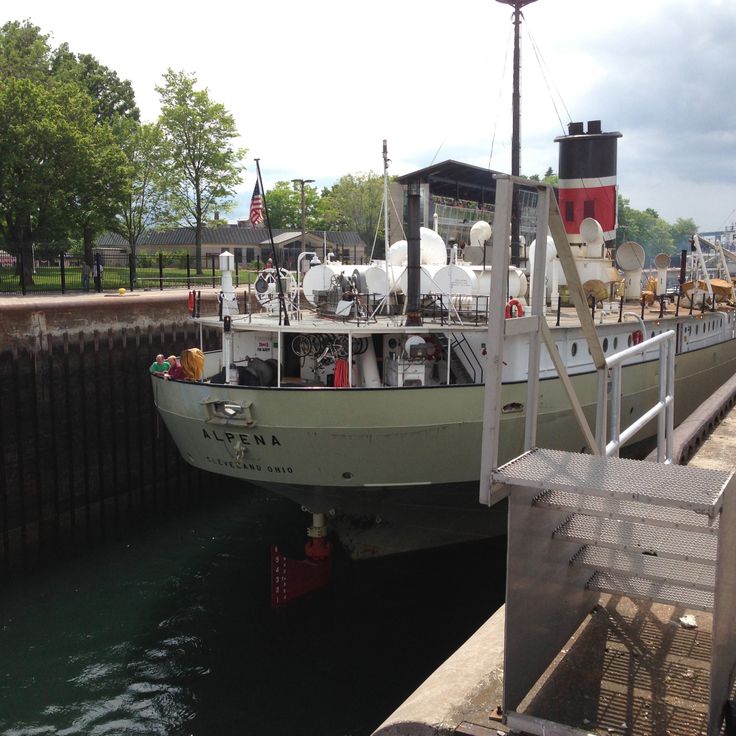
Sault Ste. Marie, United States
The system enables ships to navigate between Lake Superior and Lake Huron, managing a height difference of 6.4 meters through parallel locks.
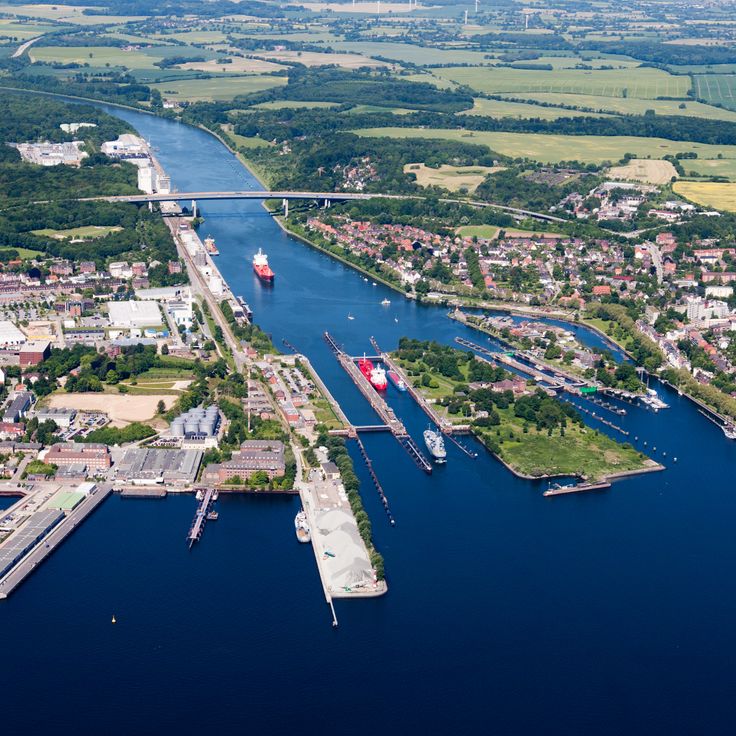
Kiel, Germany
This lock system connects the North Sea with the Baltic Sea through a series of locks handling water level variations between the two seas.
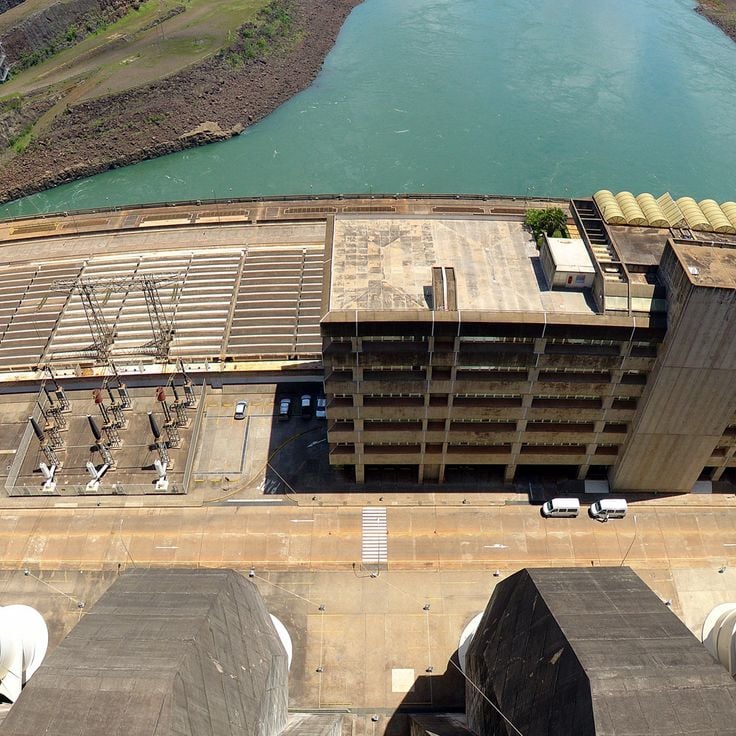
Foz do Iguaçu, Brazil/Paraguay
Dam with 14,000 megawatt capacity generating electricity for 75% of Paraguay's and 17% of Brazil's power requirements.
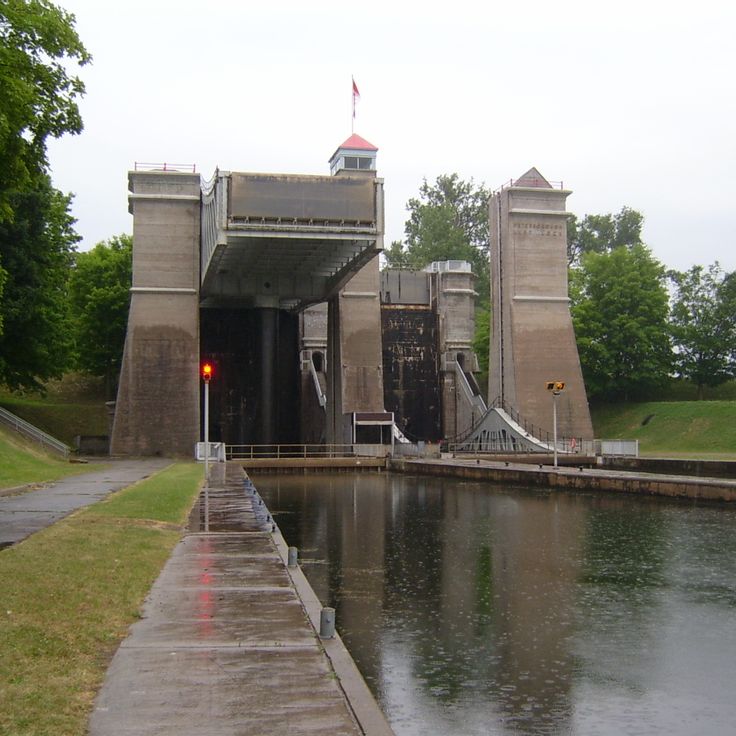
Ontario, Canada
Hydraulic lift measuring 19.8 meters in height, opened in 1904 on the Trent-Severn Waterway to overcome elevation differences.
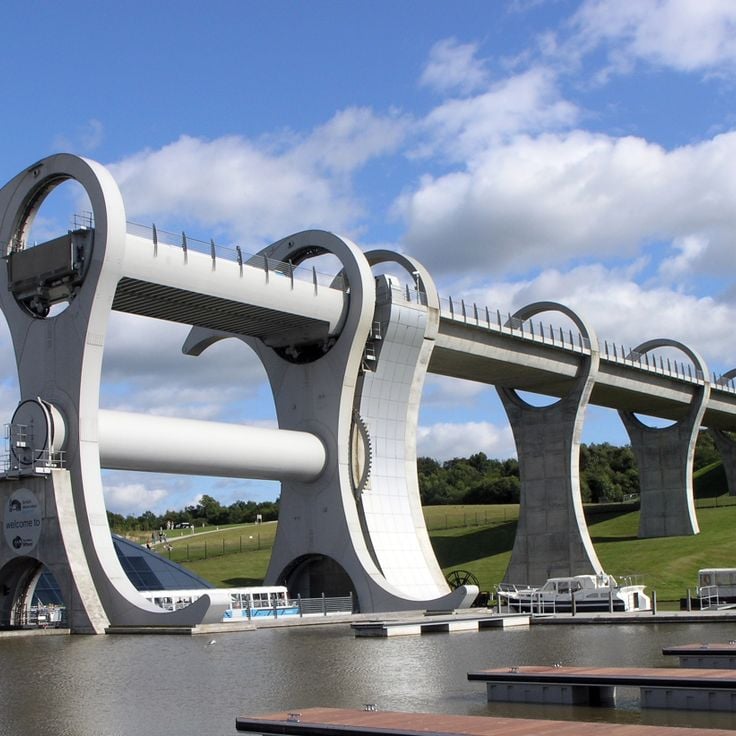
Falkirk, Scotland
Rotating boat lift connecting the Forth and Clyde Canal with the Union Canal, overcoming a height difference of 24 meters.
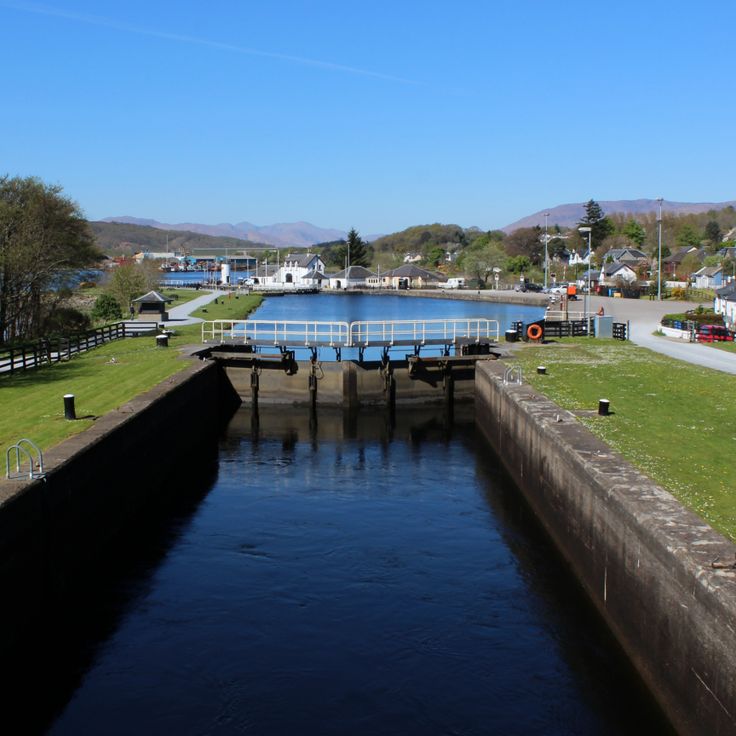
Scottish Highlands, Scotland
System of 29 locks along a 97-kilometer canal connecting natural lakes, constructed in 1822 by Thomas Telford.
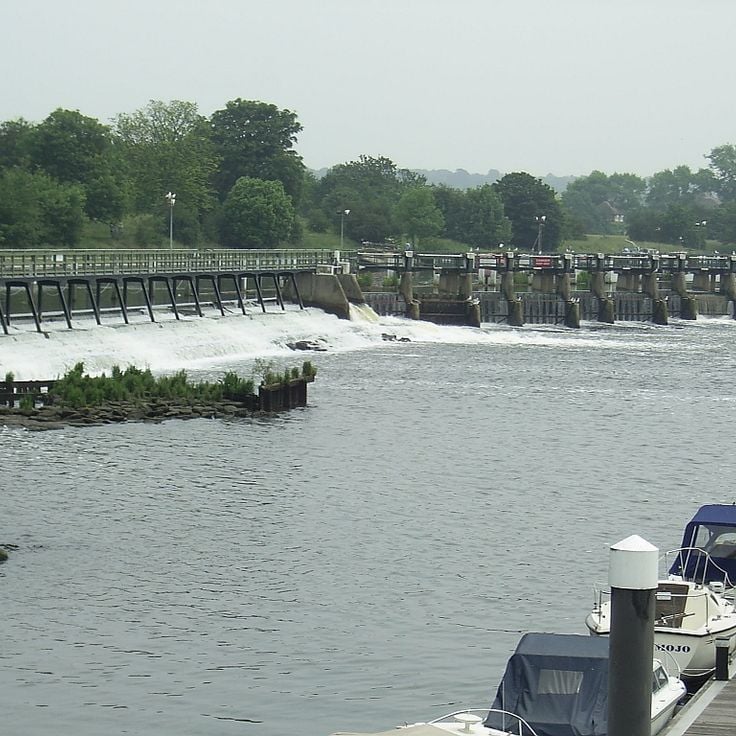
London, England
This lock regulates water levels on the Thames and enables navigation between Richmond and the North Sea.

Volgograd, Russia
Thirteen locks connect the Volga and Don rivers and enable ship traffic between the Caspian and Black Seas.
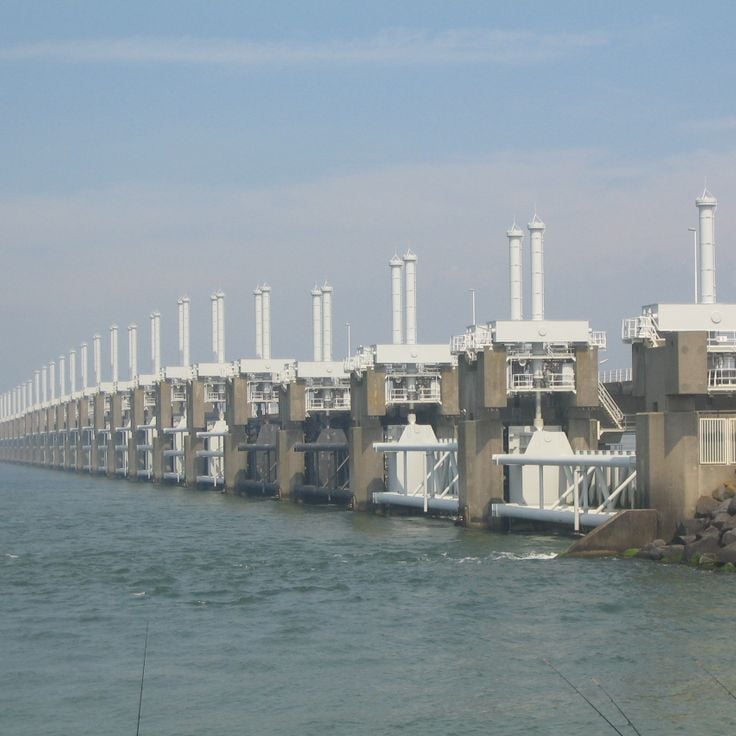
Zeeland, Netherlands
These barriers and locks protect the land from flooding and regulate water levels in the Oosterschelde.
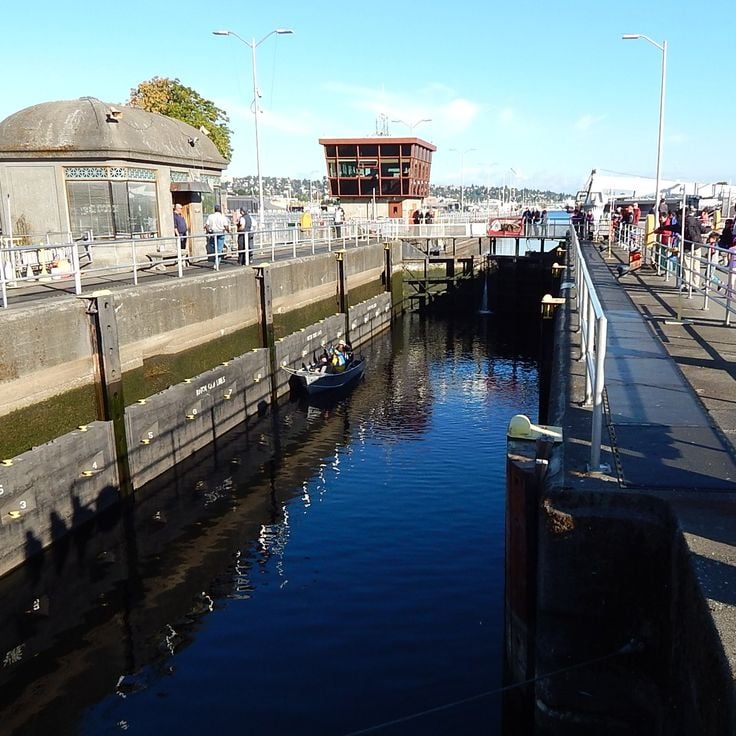
Seattle, United States
These locks connect Lake Washington to Puget Sound and enable ship passage since 1917.
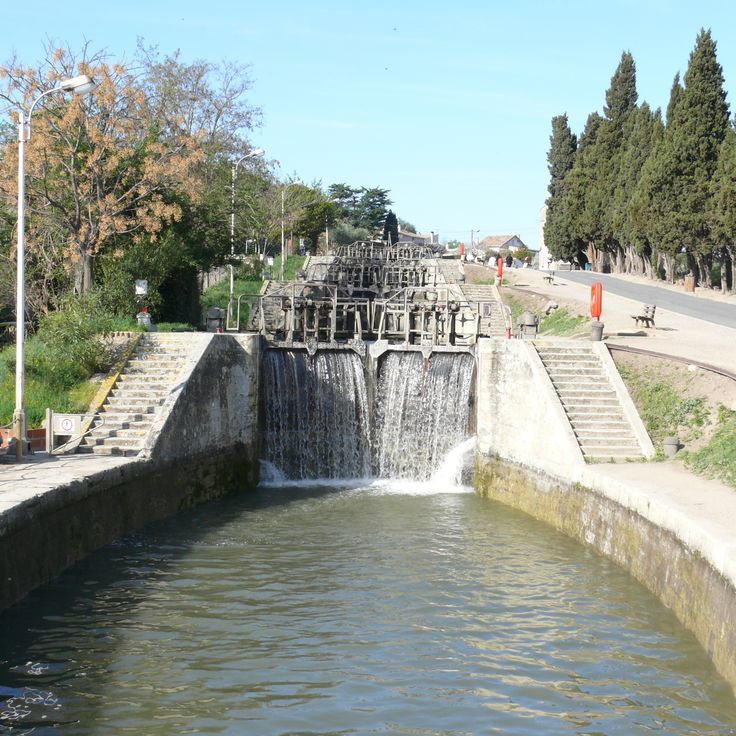
Béziers, France
Eight oval lock chambers on the Canal du Midi, constructed in 1679, enabling boats to navigate a 21.5-meter elevation change over 300 meters.
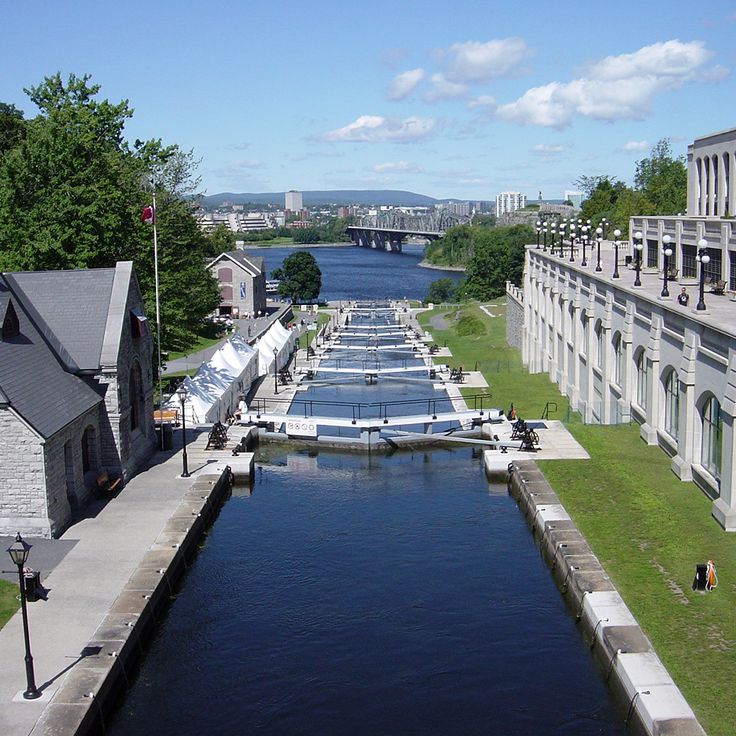
Ottawa, Canada
System of 47 locks built between 1826 and 1832 spanning 202 kilometers between Ottawa and Kingston, operating with original 19th-century mechanisms.
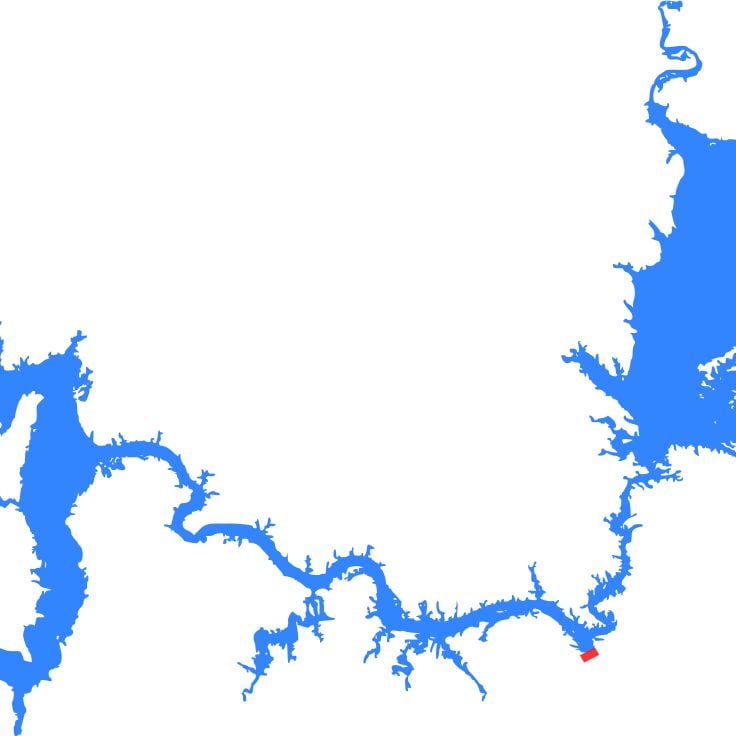
Hubei, China
Concrete gravity dam completed in 1973 on the Han River, creating a reservoir of 2,050 square kilometers for water transfer between regions.
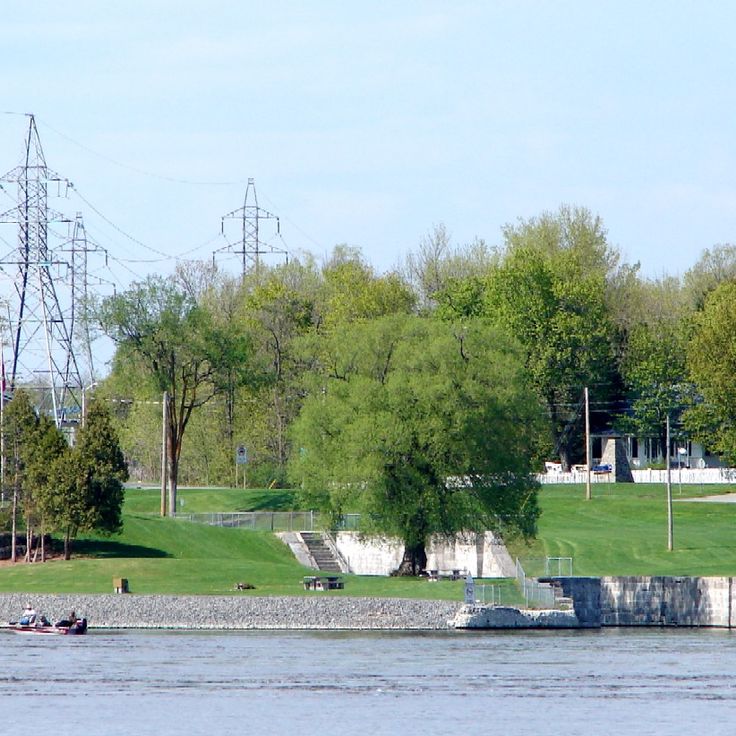
Quebec, Canada
Lock station built in 1963 on Ottawa River manages 20-meter water level difference through hydraulic mechanisms and 200-ton steel gates.
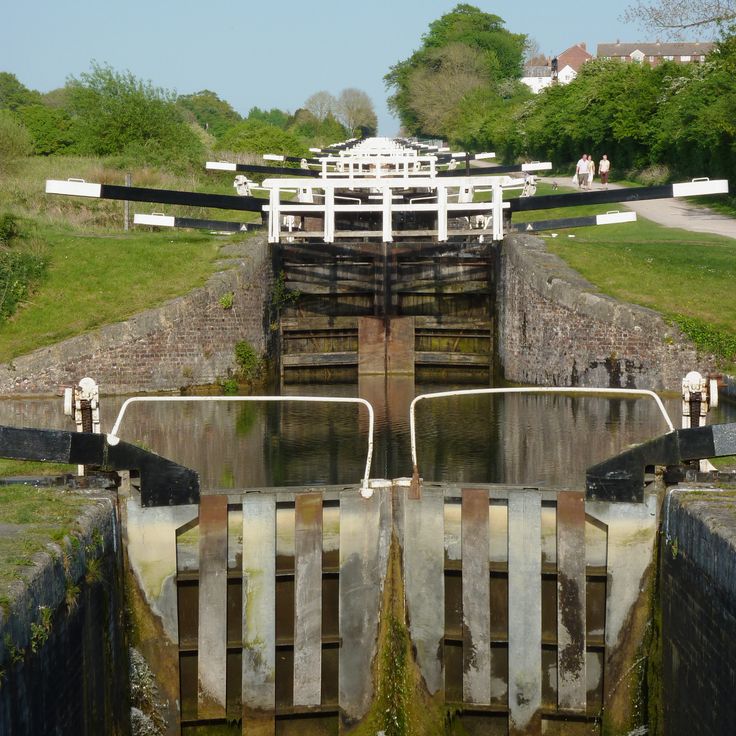
Devizes, England
A sequence of 29 lock chambers extending over 3.2 kilometers on the Kennet and Avon Canal, constructed between 1794 and 1810.